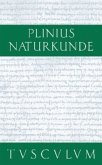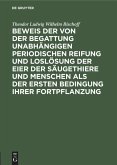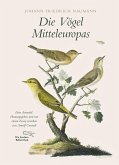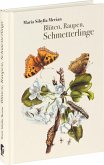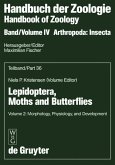The Artemidorus papyrus, originating from Alexandria at the beginning of the 1st century A. D., contains on its verso 41 drawings by one hand, thereof 38 sketches of animals (some comprising two species each,thus resulting in 44 species), most of them labelled withtheir Greek names. As visible from the ?titleâ?? on the papyrus itself, it presents terrestrial tetrapods as well asbirds, fish, and whales. No orderingprinciple can be identified, except the preference ofespecially rare and impressivecreatures. Theybelong to different animal taxa,i.e. crustaceans (1), fish (5), reptiles (6), birds (11),and mammals (17). The work as a wholestands inthe tradition of Hellenistic animal pictures, beginning with Aristotle,developed furtherby the forerunners of the Nile Mosaic of Praeneste (Palestrina), and continued in Hellenistic and Roman artwork (wall paintings, mosaics) as well asin ?scientificâ?? Byzantine codices. Most probably, this part of the papyrus was used as a collection of specimen.
Die Rückseite des im frühen ersten Jahrhundert n. Chr. in Alexandria entstandenen Artemidor-Papyrus zeigt 41 Zeichnungen von einer Hand, davon 38 Tierdarstellungen (da oft zwei Arten umfassend, insgesamt 44 Tiere), von denen die meisten mit griechischen Tiernamen versehen sind. Nach einer "Überschrift" auf dem Papyrus enthält er Vierfüßer des Landes, Vögel, Fische und Wale. Es ist kein Ordnungsprinzip zu erkennen, außer dass größere Tiere von besonderem Seltenheitswert dargestellt werden, aus vielen Taxa: Ein Krebs, fünf Fischartige, sechs Reptilien sensu lato, elf Vögel, siebzehn Säugetiere. Die Darstellung steht in einer hellenistischen Tradition von Tierbildern, beginnend mit Aristoteles, ausgebaut durch die Vorläufer des Nil-Mosaiks von Praeneste (Palestrina), fortgesetzt einerseits in der hellenistisch-römischen Kunst (Wandgemälde, Mosaiken), andererseits in "wissenschaftlichen" byzantinischen Codices. Das Verso des Papyrus wurde offensichtlich als Musterbuch benutzt.
Die Rückseite des im frühen ersten Jahrhundert n. Chr. in Alexandria entstandenen Artemidor-Papyrus zeigt 41 Zeichnungen von einer Hand, davon 38 Tierdarstellungen (da oft zwei Arten umfassend, insgesamt 44 Tiere), von denen die meisten mit griechischen Tiernamen versehen sind. Nach einer "Überschrift" auf dem Papyrus enthält er Vierfüßer des Landes, Vögel, Fische und Wale. Es ist kein Ordnungsprinzip zu erkennen, außer dass größere Tiere von besonderem Seltenheitswert dargestellt werden, aus vielen Taxa: Ein Krebs, fünf Fischartige, sechs Reptilien sensu lato, elf Vögel, siebzehn Säugetiere. Die Darstellung steht in einer hellenistischen Tradition von Tierbildern, beginnend mit Aristoteles, ausgebaut durch die Vorläufer des Nil-Mosaiks von Praeneste (Palestrina), fortgesetzt einerseits in der hellenistisch-römischen Kunst (Wandgemälde, Mosaiken), andererseits in "wissenschaftlichen" byzantinischen Codices. Das Verso des Papyrus wurde offensichtlich als Musterbuch benutzt.


